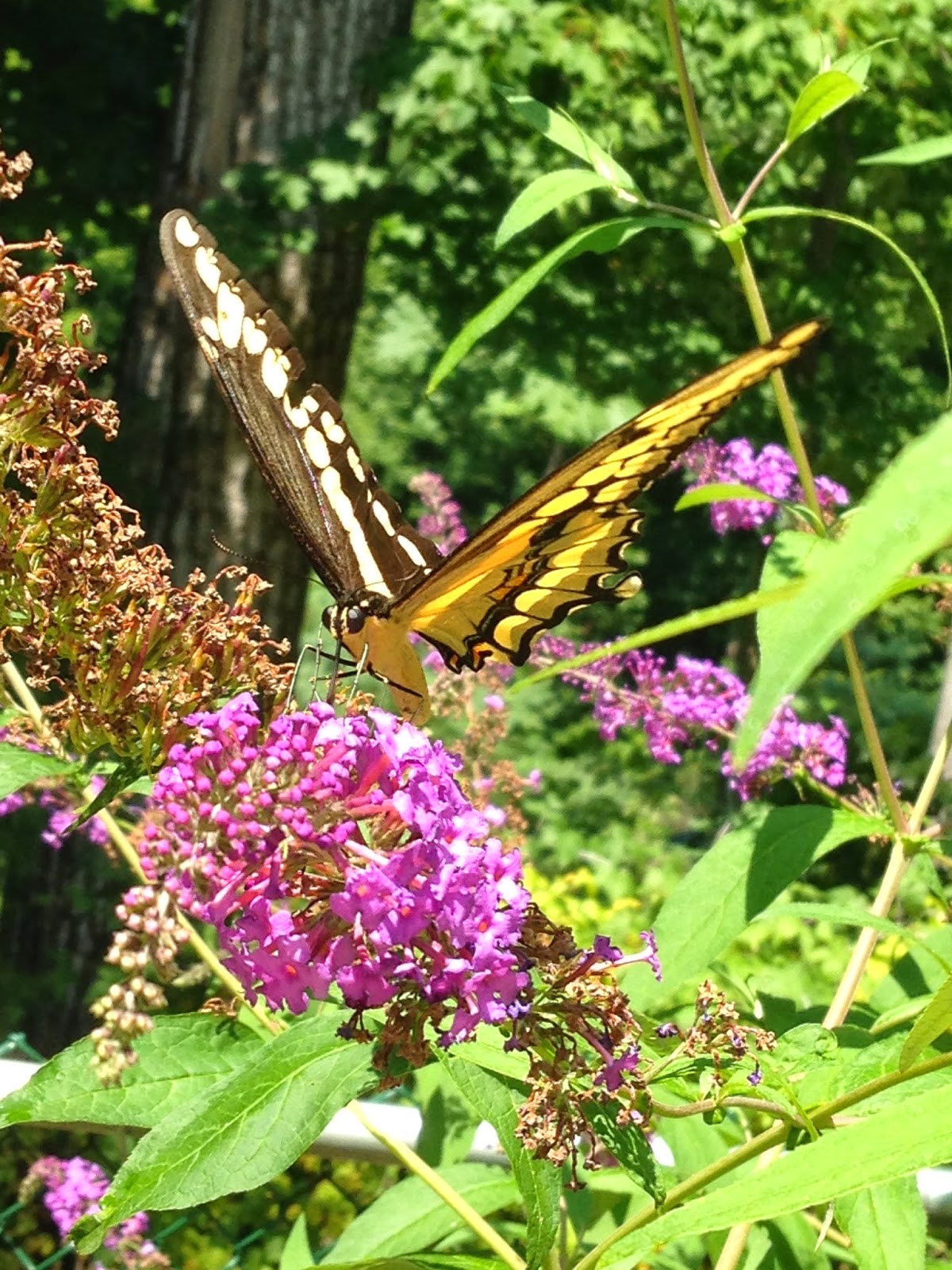The first thing he did was bake a sugar free cake from a cake mix (Lisa's dad Joe is supposed to watch his sugar intake). He then covered the cake with fondant that he bought in the Wilton baking section of a local craft store. That way Joe could easily remove the layer of fondant that covered his piece of cake and still get to enjoy a guilt free piece of his birthday treat. Plus fondant made a nice base for the "sculpture" to sit on.

The next thing he did was utilize a large batch of Rice KrispieTreats (recipe at the end of the post) to use as a modeling compound. This makes the sculpture an edible portion of the cake as well. As I've said before, David is an art major in college so he was in his element so to speak, when creating the next part. You could make a cake sculpture as simple or as complex as you choose. Here are some photos of his work in progress.
 Once the groundhog was molded, he took layers of fondant to cover the sculpture using white for the body and small pieces of black for the eyes and nose. A new paint brush was utilized to paint the white head and body brown with some Wilton coloring. The powder coloring was mixed with lemon extract to create the food safe "paint".
Once the groundhog was molded, he took layers of fondant to cover the sculpture using white for the body and small pieces of black for the eyes and nose. A new paint brush was utilized to paint the white head and body brown with some Wilton coloring. The powder coloring was mixed with lemon extract to create the food safe "paint". Unfortunately I did not get a clear photo of the front of the sculpture once on the cake, but here is the rear view. Brown sugar was added around the base of the sculpture to make it look like the groundhog just dug is way out of the cake. He added pieces of white fondant onto the groundhog to look like there were pieces of cake on it's back after busily digging his way up. David also made a sculpture of a squirrel (another animal that runs
around our yards) with the extra Rice Krispie Treats and fondant he had
left over. His plan was to put it on the birthday boy's piece of cake as
an additional surprise once the cutting of the cake was done.The surprise cake and edible sculptures were a huge success, but the pressure is now on to create another magical cake for the next birthday!
Unfortunately I did not get a clear photo of the front of the sculpture once on the cake, but here is the rear view. Brown sugar was added around the base of the sculpture to make it look like the groundhog just dug is way out of the cake. He added pieces of white fondant onto the groundhog to look like there were pieces of cake on it's back after busily digging his way up. David also made a sculpture of a squirrel (another animal that runs
around our yards) with the extra Rice Krispie Treats and fondant he had
left over. His plan was to put it on the birthday boy's piece of cake as
an additional surprise once the cutting of the cake was done.The surprise cake and edible sculptures were a huge success, but the pressure is now on to create another magical cake for the next birthday!Rice Krispie Treat Recipe
Ingredients:
- 3 tablespoons butter
- 1 package (10 oz., about 40) Marshmallows
- OR
- 4 cups Miniature Marshmallows
- 6 cups Kellogg's® Rice Krispies® cereal
Directions:
1. In large saucepan melt butter over low heat. Add
marshmallows and stir until completely melted. Remove from heat.
2. Add KELLOGG'S RICE KRISPIES cereal. Stir until well coated.
3. Using buttered spatula or wax paper evenly press mixture into 13 x 9 x 2-inch pan coated with cooking spray. Cool. Cut into 2-inch squares. Best if served the same day.
MICROWAVE DIRECTIONS:
In microwave-safe bowl heat butter and marshmallows on HIGH for 3 minutes, stirring after 2 minutes. Stir until smooth. Follow steps 2 and 3 above. Microwave cooking times may vary.
2. Add KELLOGG'S RICE KRISPIES cereal. Stir until well coated.
3. Using buttered spatula or wax paper evenly press mixture into 13 x 9 x 2-inch pan coated with cooking spray. Cool. Cut into 2-inch squares. Best if served the same day.
MICROWAVE DIRECTIONS:
In microwave-safe bowl heat butter and marshmallows on HIGH for 3 minutes, stirring after 2 minutes. Stir until smooth. Follow steps 2 and 3 above. Microwave cooking times may vary.
























